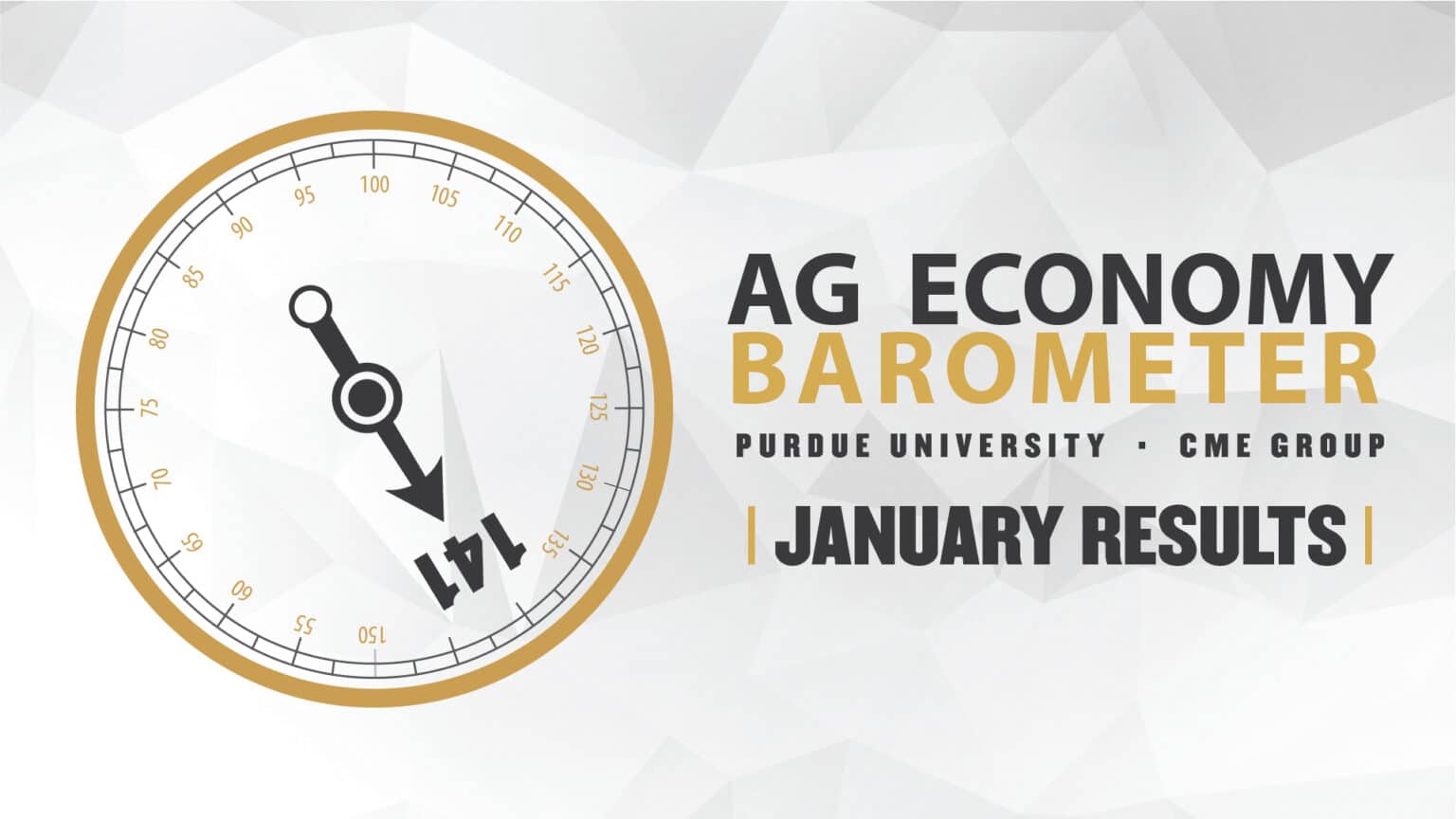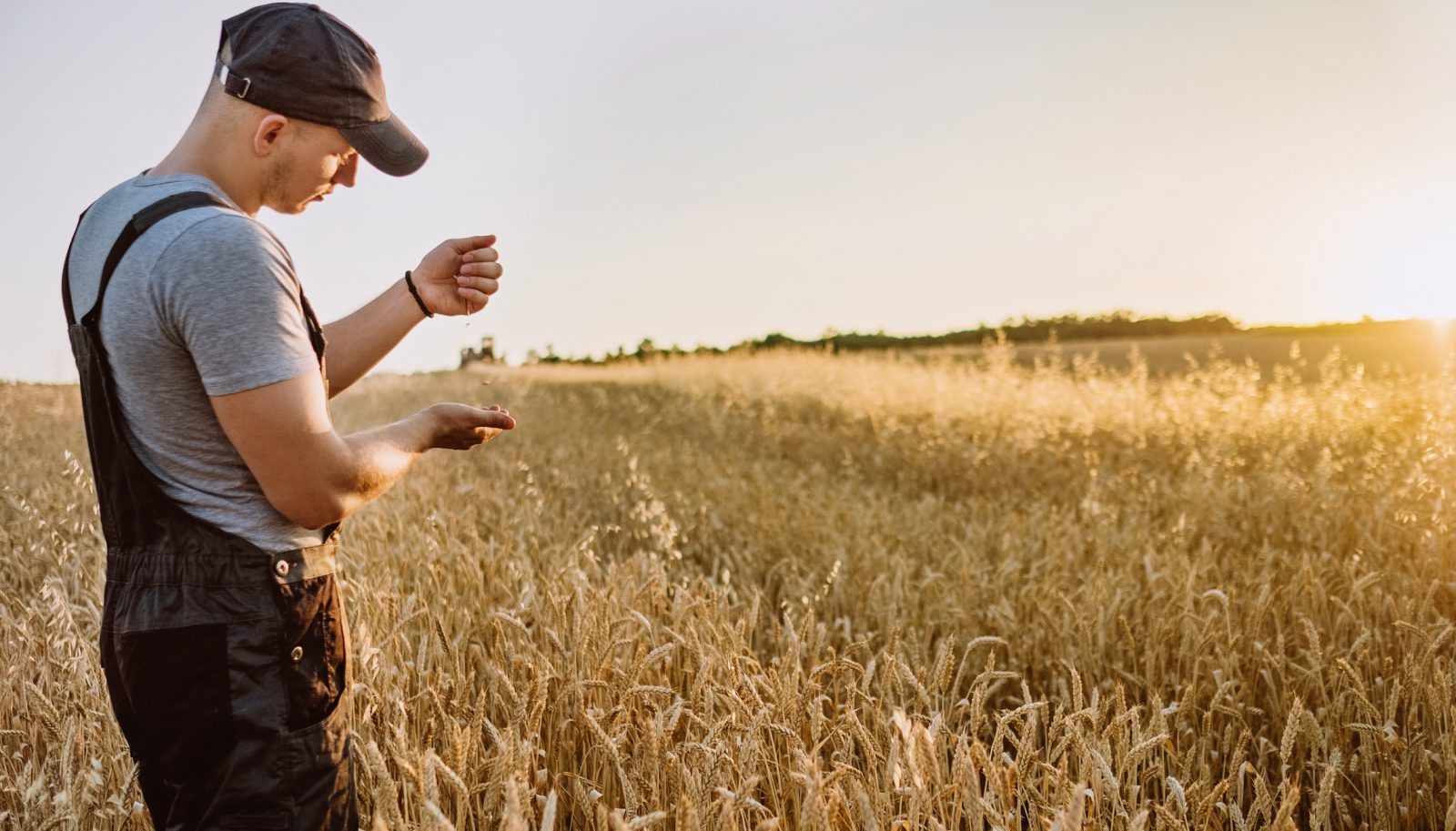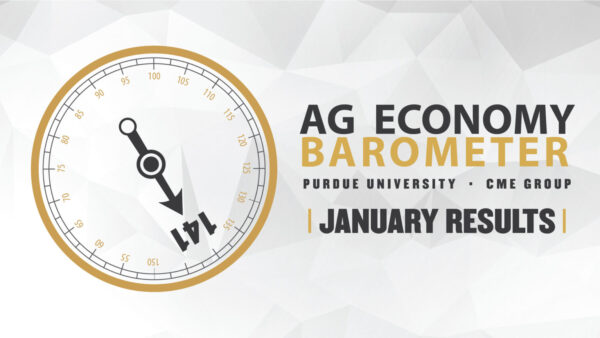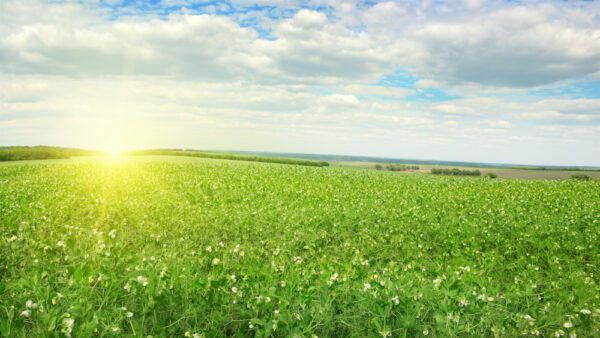U.S. farmers entered 2025 with a renewed sense of optimism, as the January Purdue University/CME Group Ag Economy Barometer rose five points from the previous month, reaching a reading of 141.
This uptick was driven by a 9-point gain in the Current Conditions Index and a 3-point increase in the Future Expectations Index.
Higher Crop Prices Boost Farmer Sentiment
The rise in farmer confidence was linked to higher crop prices between December and mid-January, coupled with fewer producers citing commodity prices as a top concern. Eastern Corn Belt prices for near-term delivery of corn rose 9% while soybeans climbed 5% during that period.
While sentiment around current conditions improved, farmers remained even more optimistic about the future. The Future Expectations Index surpassed the Current Conditions Index by 47 points, indicating strong confidence in long-term agricultural prospects. The survey was conducted from January 13-17, 2025.
Farm Finances Show Positive Trends
The Farm Financial Performance Index increased 13 points in January, reflecting an overall improvement in financial expectations for 2025 compared to 2024. However, the Farm Capital Investment Index remained steady at 48, unchanged from December. Despite this stability, the index remains well above last summer’s low of 31 and represents the second-highest reading in three years.
“The January survey reflects a notable sense of optimism among U.S. farmers, particularly regarding their expected financial performance in 2025,” said Michael Langemeier, the barometer’s principal investigator and director of Purdue University’s Center for Commercial Agriculture, in a news release. “Recent improvements in crop and livestock prices have provided a boost to farmers’ current sentiment. Although farmers are optimistic about the future, there are some clouds on the horizon. For example, more farmers this month reported challenges in paying off operating loans compared to the last couple of years, and many producers are worried about the future of agricultural trade, with 40% of this month’s respondents saying they think a trade war is either likely or very likely.”
Farmland Values Show Mixed Expectations
The Short-Term Farmland Value Expectations Index increased 5 points in January to 115, returning to its November level. Farmer confidence in farmland values, which had dipped last summer due to lower crop prices, has stabilized since October, with the index fluctuating between 110 and 120.
Meanwhile, the Long-Term Farmland Value Expectations Index declined 5 points to 150, though it remains 8 points above its 12-month low from last August. This shift suggests that while some farmers anticipate growth in land values, others remain cautious about long-term trends.
Farm Operating Loans and Financial Stress Indicators
The January survey, which annually tracks farm operating loans, revealed that 18% of farmers expect to take out larger loans in 2025, up from 15% in 2024. Among those anticipating an increase, 23% attributed it to carrying over unpaid debt from the previous year, a rise from 17% in 2024 and just 5% two years ago. This trend could signal rising financial stress among producers, particularly as farm income—especially crop income—has declined over the past two years.
Agricultural Trade Remains a Key Concern
Trade policy continues to be a primary concern for U.S. farmers, with 42% of respondents identifying it as the most important policy issue for their farms over the next five years. In comparison, only 17% cited crop insurance programs as their top concern.
Concerns about a potential trade war have eased slightly since December, with 40% of farmers believing one is “likely” or “very likely,” down from 48% the previous month. Meanwhile, 29% of farmers now view a trade war as “unlikely” or “very unlikely,” an increase from 21% in December.
Growing Interest in Farmland Solar Leasing
Interest in solar energy leases continues to rise among farmers. In January, 11% of respondents reported discussing solar leases for their land in the past six months. Lease offers for 2024 and 2025 have been notably higher than in previous years, with:
- 40% of respondents receiving offers of $1,250 per acre or more
- 26% reporting offers of $1,500 per acre or more
Additionally, 54% of respondents noted that contracts included escalator clauses, with most ranging from 2% to 3% annually, though some reported escalators as high as 4% per year. Overall, 3% of farmers surveyed stated that they or their landowners had signed a solar lease.
Outlook for 2025
With farmer sentiment improving and commodity prices stabilizing, the January Purdue University/CME Group Ag Economy Barometer reflects a positive start to 2025. While challenges remain—particularly in financial stress and trade uncertainty—many U.S. farmers are looking ahead with optimism, supported by stronger farm financial performance and investment trends.
For more details on the latest Ag Economy Barometer report, visit Purdue University’s Center for Commercial Agriculture.













